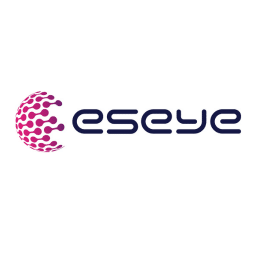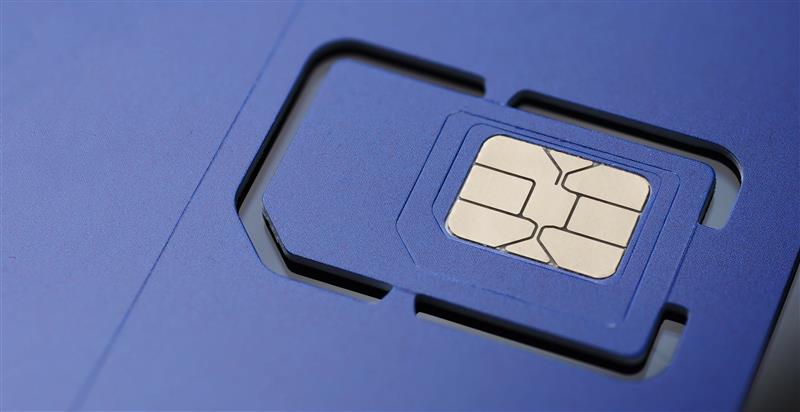Although the concept of an eSIM for IoT and M2M (via eUICC) was first introduced almost a decade ago, slow progress in standardization and poor operator cooperation means that it hasn’t driven the much-anticipated explosion in IoT deployments. So far.
The main hold-up has been a lack of ease in switching IoT connectivity providers. But the GSMA’s upcoming SGP.31/32 specification, expected to be deployment ready as early as this year (2024), significantly reduces the complexity of switching between profiles on eSIM and introduces highly scalable Remote SIM Provisioning (RSP). This boost to interoperability and adaptability – making it easy to choose and switch IoT connectivity providers – paves the way for the activation of billions of new IoT connections globally over the next four years, according to analysts at Omdia.
Furthermore, there’s no need to wait. Enterprises are already able to future-proof IoT connectivity with solutions that support multiple standards from SGP.02 through SGP.22, to the forthcoming SGP.32 this year, and even SGP.41/42 in the future. Eseye’s partnership with Thales is a prime example of this reality and one that significantly simplifies the management of the IoT device lifecycle.
Scalable eSIM RSP is already here
Thales Adaptive Connect (TAC) is the first-to-market cloud-based solution to eliminate the need for IoT connectivity providers like Eseye to configure a large number of IoT devices before deployment in the field. Instead, IoT devices are automatically connected using the most appropriate profile for their location and use-case the first time they are powered up and in-life.
Eseye’s Infinity IoT connectivity management platform leverages the Thales solution to provide eSIM-based devices with out-of-the-box connectivity and RSP capabilities. This means enterprises and OEMs can avoid battery draw on downloads of connectivity profiles in-the-field, by embedding connectivity profiles through In-Factory Profile Provisioning (IFPP) before the device ships. This approach not only ensures the highest levels of reliability and performance for an IoT deployment but facilitates rapid uptake and broader eSIM adoption worldwide. It is the first market-ready solution that eliminates the need to configure mobile subscriptions in the factory, or for technicians to visit IoT and M2M devices in the field to switch SIMs.
Ready to scale globally? Learn how SGP.32 could simplify and supercharge your IoT rollout.
Future proof IoT deployments with a path to SGP.32 and beyond
In terms of the partnership, Eseye is providing IoT cellular connectivity services worldwide, and Thales, via TAC, brings remote connectivity management for IoT and M2M deployments, so in-the-field devices can be switched to another mobile network remotely, over-the-air (OTA), at any time.
The solution will be fully compliant with GSMA eSIM IoT standard SGP.32, ensuring security, reliability, and future proof capability for large-scale IoT use cases. But even though SGP.32 is not expected to be technically available until later this year, you don’t need to wait, nor do you need to be an expert in the standards to find the right connectivity solution, because that’s what our experts are here to do on your behalf.
Today, our proven multi-IMSI and eUICC eSIM connectivity solutions and network partnerships with multiple MNOs worldwide mean that our solutions can meet rigorous Enterprise IoT connectivity requirements. Our team of specialists will work with you to identify the most relevant bootstrap SIM profiles for autonomous connectivity based on your use case and regional presence, and alternative profiles that can be pushed OTA if we find a performance or cost benefit.
For Enterprise IoT deployments that need to plan for the future, our advanced eUICC eSIM connectivity solution and partnerships with MNOs means that we can download profiles from a wide range of networks to your devices and switch networks when required as part of a full connectivity managed service, adding significant value for smart utilities, supply chains, logistics, and automotive deployments in any region or country, without the need to be configured beforehand. In recognition of this capability, Gartner has recognized Eseye as a Visionary for the 2nd year running in their Managed IoT Connectivity Services Magic Quadrant™.
Looking ahead to eSIM IFPP with SGP.41/42
The journey to highly scalable IoT and M2M deployments via eSIM and RSP doesn’t stop with SGP.32 however. In-Factory Profile Provisioning (IFPP) is an emerging technology intended to streamline the process of secure loading of eSIM profiles during the manufacturing or fulfilment process of the IoT device.
Support for IFPP is to be realized through GSMA specification SGP.41/42 as another alternative to in-the-field provisioning, which may not be appropriate for many forms of IoT and M2M devices. It also introduces benefits including reduced logistics and manufacturing complexity as well as improved battery life.
But it’s not all about SGP.31/32 and SGP.41/42 – there are a lot of other developments happening in the world of IoT, and we’re also enhancing our solutions to support innovations in iSIM, 5G, private and public network integrations, satellite connectivity, and more.
Unlimited coverage, ultimate flexibility
Significantly improve your uptime and service quality, connecting to a choice of over 800 networks with the award-winning, intelligent AnyNet+ eUICC SIM.
Eseye brings decades of end-to-end expertise to integrate and optimise IoT connectivity delivering near 100% uptime. From idea to implementation and beyond, we deliver lasting value from IoT. Nobody does IoT better.

